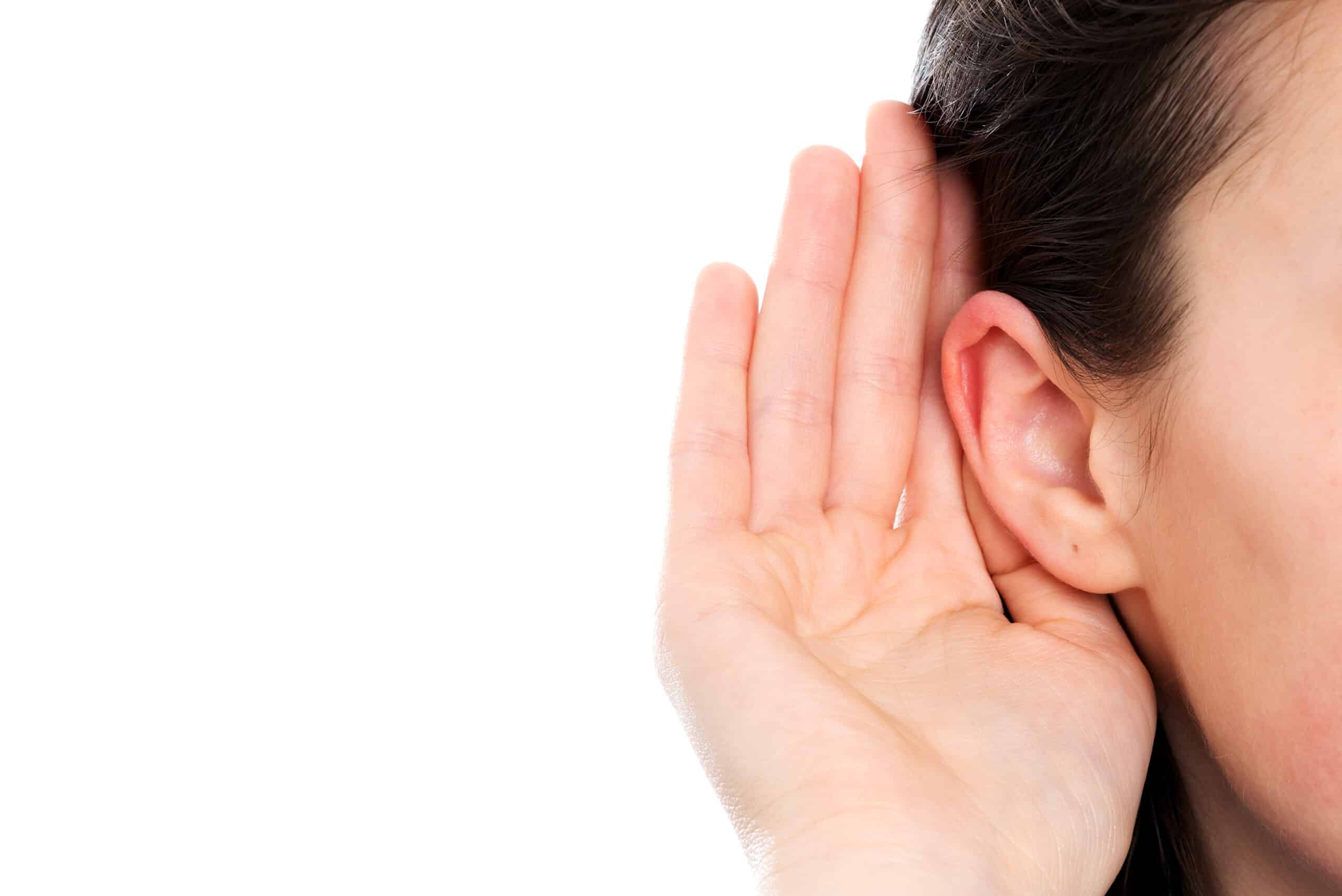“Our finding gives us the us the first clear cell switch to make one type versus the other,” said lead study author Jaime Garcia-Anoveros, professor of anesthesia, neurology and neuroscience at Northwestern University Feinberg School of Medicine. “It will provide a previously unavailable tool to make an inner or outer hair cell. We have overcome a major hurdle.”
About 8.5 percent of adults aged 55 to 64 in the U.S. have disabling hearing loss. That increases to nearly 25 percent of those aged 65 to 74 and 50 percent of those who are 75 and older, reports the Centers for Disease Control.
Currently, scientists can produce an artificial hair cell, but it does not differentiate into an inner or outer cell, which provide different essential functions to produce hearing. The discovery is a major step towards developing these specific cells.
“It’s like a ballet” as cells crouch and leap
The death of outer hair cells made by the cochlea are most often the cause of deafness and hearing loss. The cells develop in the embryo and do not reproduce. The outer hair cells expand and contract in response to the pressure of sound waves and amplify sound for the inner hair cells. The inner cells transmit those vibrations to the neurons to create the sounds we hear.
“It’s like a ballet,” Garcia-Anoveros says with awe as he describes the coordinated movement of the inner and outer cells. “The outers crouch and jump and lift the inners further into the ear.
“The ear is a beautiful organ. There is no other organ in a mammal where the cells are so precisely positioned. (I mean, with micrometric precision). Otherwise, hearing doesn’t occur.”
The master gene switch Northwestern scientists discovered that programs the ear hair cells is TBX2. When the gene is expressed, the cell becomes an inner hair cell. When the gene is blocked, the cell becomes an outer hair cell. The ability to produce one of these cells will require a gene cocktail, Garcia-Anoveros said. The ATOH1 and GF1 genes are needed to make a cochlear hair cell from a non-hair cell. Then the TBX2 would be turned on or off to produce the needed inner or outer cell.
The goal would be to reprogram supporting cells, which are latticed among the hair cells and provide them with structural support, into outer or inner hair cells.
“We can now figure out how to make specifically inner or outer hair cells and identify why the later are more prone to dying and cause deafness,” Garcia-Anoveros said. He stressed this research is still in the experimental stage.
Other Northwestern authors include co-lead author Anne Duggan, John C. Clancy, Chuan Zhi Foo, Ignacio García Gómez, Yingji Zhou, Kazuaki Homma and Mary Ann Cheatham.
The study was funded by the National Institute of Deafness and other Communications Disorders grants R01 DC015903 and R01 DC019834 of the National Institutes of Health.




